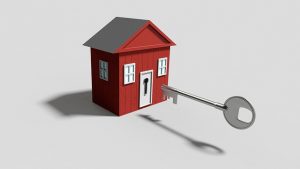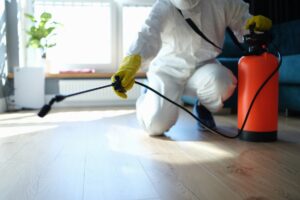Guest Post – 3 Options for Cooling a Historic Home

From the antique furnishings to the long-standing architecture, historic homes have a timeless look and feel to them — qualities which make them desirable to many homeowners. However, not all older homes are as up-to-date as their modern counterparts for heating and cooling efficiency.
Fortunately, you can find ways to improve your family’s comfort without compromising your home’s integrity. From adding insulation and installing a ductless air conditioning system to replacing your windows, explore the following three options for heating and cooling your historic home.
Add Insulation
 Older structures commonly have little to no insulation. However, you can add insulation to areas of your home — such as the attic, roof, walls, floors, or ceiling — to save on your energy bill and support an ideal interior temperature. You can opt for various types of insulation, including:
Older structures commonly have little to no insulation. However, you can add insulation to areas of your home — such as the attic, roof, walls, floors, or ceiling — to save on your energy bill and support an ideal interior temperature. You can opt for various types of insulation, including:
- l batts
- l foam boards
- l spray foam
- l loose fill
- l rigid fiber
- l radiant barriers
Before you make your decision, consider each material’s thermal resistance (the R-value), the insulation location, your budget, and the ease of installation.
Seal any air leaks in your home and check proper building codes before adding insulation. Some methods require professional service, and some are ones homeowners can do on their own.
Install a Ductless Air Conditioning System
If your older home lacks the adequate space to house the ductwork for a traditional air conditioner (AC) system, or if you feel that the exposed ductwork could potentially hinder your home’s historic ambiance, a ductless AC system, or mini-split, might be an ideal solution.
These HVAC systems need only a thin refrigerant and power line to connect them to a single outdoor unit. With these types of systems, you’ll be able to control the temperature in each room or home zone individually. You can run the AC in areas you’re using and avoid wasting energy in unoccupied spaces.
And since ductless AC units feature multi-stage filtration technology, they’re able to capture contaminants such as dust mites, mold spores, and pet dander before they can circulate in your home, which can improve your home’s indoor air quality.
Replace Your Windows
 While some homeowners choose to repair old windows instead of replacing them, you can add new windows without disrupting your home’s historic feel. But don’t opt for any replacement windows you find; energy-efficient windows can help you save money on your energy bill while acting as insulation for your home.
While some homeowners choose to repair old windows instead of replacing them, you can add new windows without disrupting your home’s historic feel. But don’t opt for any replacement windows you find; energy-efficient windows can help you save money on your energy bill while acting as insulation for your home.
Energy-efficient windows contain materials such as low-e coatings, gas-filled panels, low-conductivity spacers, and triple-pane glass, all features that can help you keep a comfortable temperature indoors by limiting the transfer of heat and cold through the panes of glass.
Additionally, vinyl and wood window frames work in much the same way to insulate your home. While wood frames need some maintenance to keep them updated, vinyl windows need little upkeep and come with several finishing options to complement your home’s exterior.
Owning a historic home doesn’t mean you have to settle for outdated heating and cooling solutions. By adding insulation, installing a ductless AC system, and replacing your windows, you can effectively improve your home’s energy efficiency and your family’s overall comfort.






